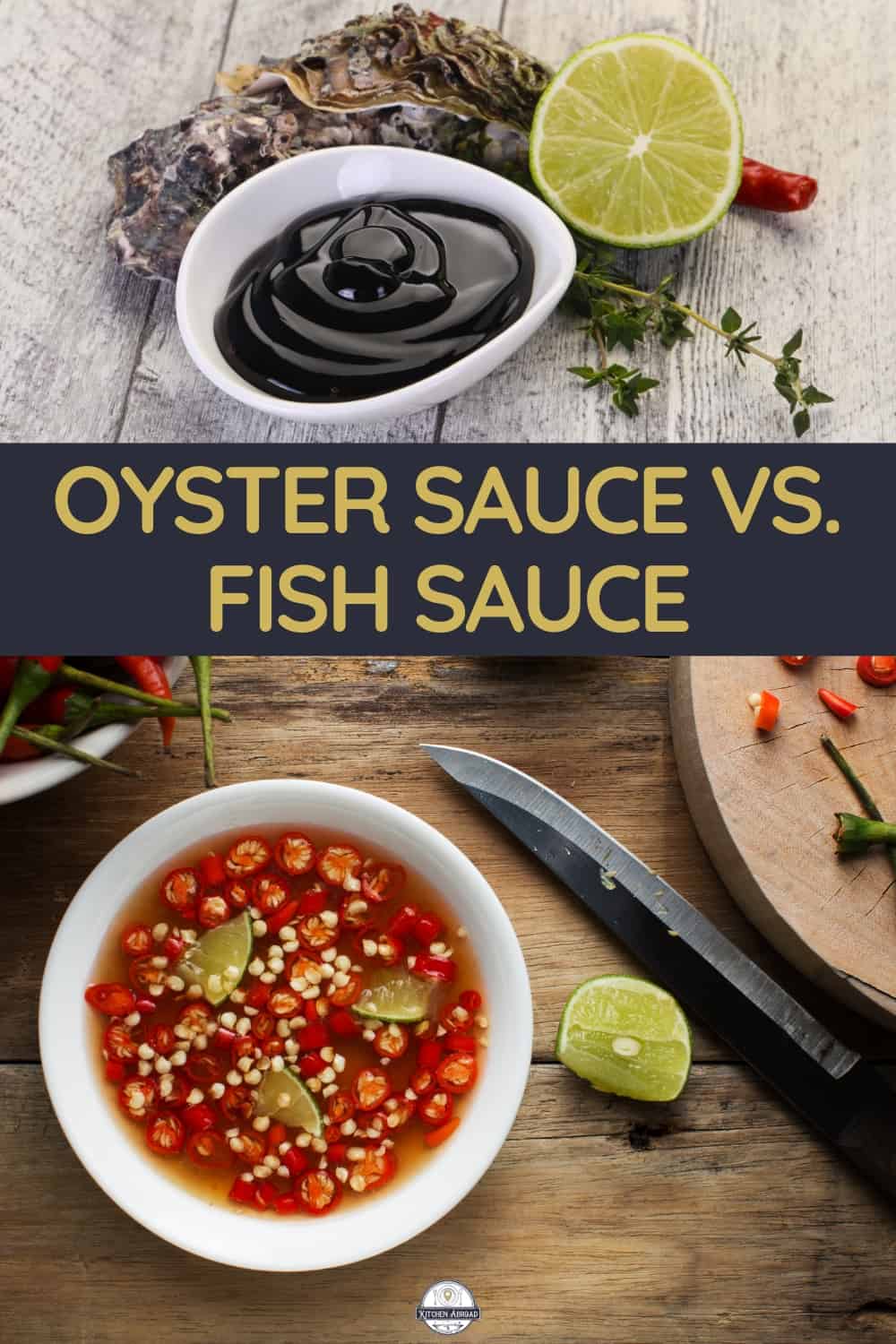Unlocking the Secrets of Asian Cooking: Oyster Sauce vs. Fish Sauce
Are you eager to explore the rich and varied tapestry of Asian cuisine but find yourself puzzled by some of its fundamental ingredients? Oyster sauce and fish sauce are two such ingredients that often cause confusion, but they also infuse dishes with unique flavors that are critical to their regional authenticity. Despite being staples in Asian cooking, these sauces have distinct characteristics that set them apart. Here’s an intriguing dive into the differences between oyster sauce and fish sauce, helping you choose the right one for your culinary adventure.

Oyster Sauce: The Flavor Enhancer
Oyster sauce is a thick, dark brown sauce that’s derived from oyster extracts. The creation of this flavorful liquid started in China and has since spread throughout Asian culinary traditions due to its unmistakable taste. It’s essentially made by simmering oysters and extracting their juices, which are then mixed with other ingredients like soy sauce, sugar, cornstarch, and sometimes MSG, to create a savory, slightly sweet taste.
This sauce shines when you want to add depth to dishes. It excels in providing a rich, umami taste that acts as a bass note in a culinary symphony, making it ideal for stir-fries, braises, or as a marinade. The texture of oyster sauce is quite viscous, enabling it to coat ingredients thoroughly, enveloping them in its full-flavored embrace. For seafood lovers, this sauce brings a subtle echo of the ocean to the meal, enhancing flavors without overpowering the dish’s inherent character.
Fish Sauce: The Umami Powerhouse
Contrary to oyster sauce, fish sauce has a much thinner consistency and, as its name suggests, is made from fermented fish, predominantly anchovies. Originating from Southeast Asia, particularly Vietnam, Thailand, and the Philippines, fish sauce is known for its pungent aroma and robust, salty flavor. The process involves layering small fish with salt, allowing them to ferment for months or years, which intensifies the fishy essence.
Fish sauce doesn’t just bring a salty note; it is the embodiment of umami. Its umami profile is often described as a fine balance between the richness of fish and the sharpness of salt, making it indispensable in recipes where you’d like to enhance the underlying flavors of food without diluting them. It’s not uncommon to find fish sauce in dishes like pho, various curries, dipping sauces, or as part of a marinade where its infusion elevates the taste profile.
Key Differences:
-
Flavor: While both offer umami, oyster sauce provides sweetness and a rich, savory taste, whereas fish sauce delivers a punchy, salty hit.

-
Aroma: Oyster sauce has a much more subdued scent compared to the strong, fishy odor of fish sauce, which can be overwhelming before it melds with other ingredients.
-
Use: Oyster sauce is excellent for dishes where you want to add or enhance complex flavors. Fish sauce, on the other hand, is used for its strong umami character, often in small quantities to complement rather than dominate the dish.
-
Visuals: The texture and color of oyster sauce are thick and dark brown, contrasting with the light amber, almost translucent nature of fish sauce.
Conclusion on Flavor Fusion:
In the world of Asian cooking, understanding when to use oyster sauce or fish sauce can transform your dishes from good to extraordinary. Oyster sauce provides a comforting depth, perfect for imparting a harmony of flavors, while fish sauce brings a vivid, salty umami kick that can elevate the simplest of ingredients.
Exploring these sauces means you’re not just cooking dishes; you’re capturing the essence of different cultures on your plate. Oyster sauce might be your choice for a subtle yet profound flavor enhancer, while fish sauce could be the secret ingredient for that unnamable savoriness. Whatever your preference, both sauces are invaluable tools in your culinary arsenal, each playing a pivotal role in the grand symphony of flavors that is Asian cuisine.



